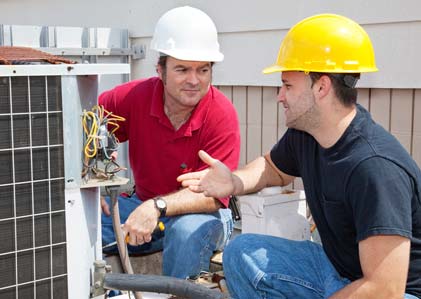Advocacy Issues in HVAC
HVAC is a continually changing industry. For many Americans, it’s reached new importance under the Covid-19 pandemic. As more people work from home, they’ve come to realize that maybe their second floor doesn’t stay cool during the daytime, or that a guest room, when used as an office, isn’t quite as comfortable as they thought. For HVAC workers, however, some of the top issues are more technical.
One pressing issue has to do with the type of refrigerant that HVAC systems use. Today, that refrigerant is R-410A. But regulatory requirements are phasing out R-410A and replacing it with something that doesn’t affect the ozone layer as much.
What they replace it with, however, has been a topic of contention. One replacement refrigerant, R-454B, is mildly flammable. Historically speaking, standardized refrigerants have never been flammable, and HVAC workers will have to adapt.
“There’s going to have to be a lot of training done to teach the new apprentices, even existing HVAC workers, how to use and operate the new refrigerants,” Welsch says.
Another layer of complexity is added in that there might be two possible refrigerants replacing R-410A. While the standard refrigerant has changed over the years, there’s always been just one; if the industry does begin to incorporate two, then that would make things more complicated for HVAC workers.
“If we’re going to have two different sets of tools and two different tanks of refrigerant, then that’s a real challenge for contractors and for future technicians in the industry,” Welsch says.
There’s also an issue in heating, particularly in furnace efficiency. Currently, regulations have set the minimum gas furnace efficiency at 78 percent; but there’s now a possibility that regulators will increase the minimum efficiency to 90 percent. While that sounds good on the surface to the environmentally-minded, it could have detrimental side effects.
“Unfortunately, what happens to the products of combustion between 78 and 90 percent requires an entirely different venting system,” Welsch says. “As a result, if this goes through, there are thousands and thousands of housing units that won’t be able to utilize the gas furnaces they’ve used in the past, and the new gas furnaces will not work with the venting system they have.”




